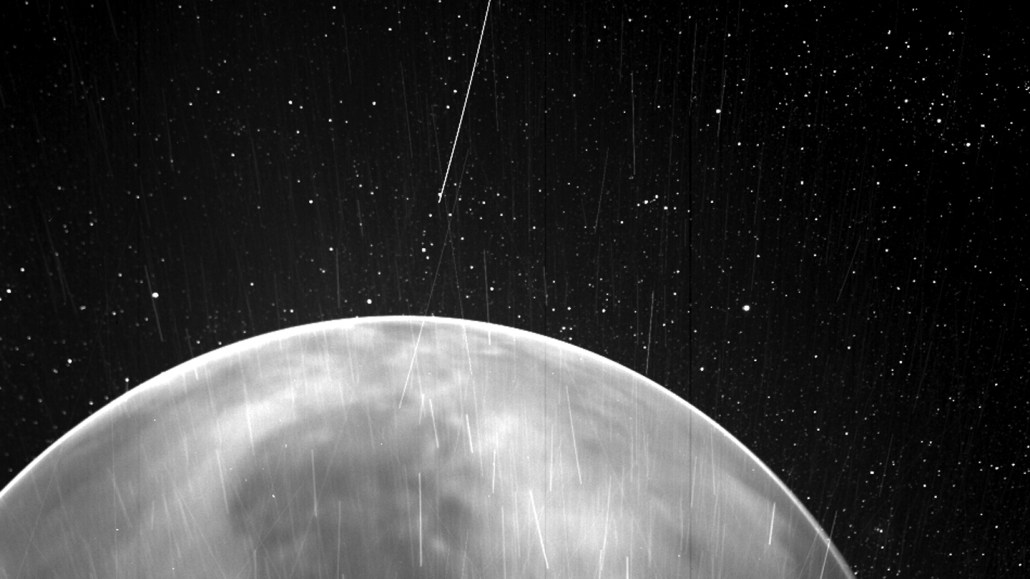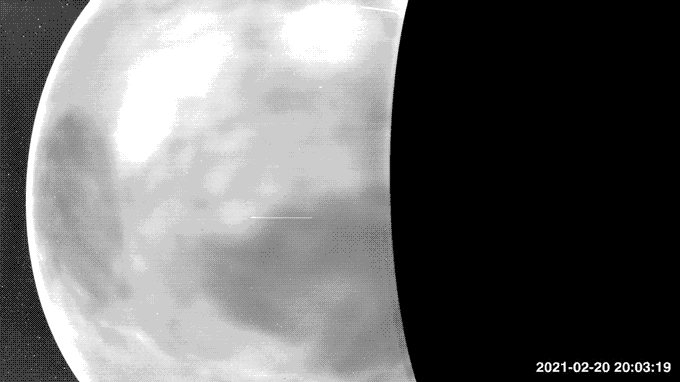These are the first visible-light images of Venus’ surface captured from space
NASA’s Parker Solar Probe got a glimpse of the terrain during a couple of flybys

NASA’s Parker Solar Probe peered through Venus’ cloud cover to take the first visible-light images (one shown) of the planet’s surface captured from space. The large dark splotch in the middle is Aphrodite Terra, a highland region. The streaks are caused by charged particles and dust grains striking the camera.
NASA, APL, NRL








